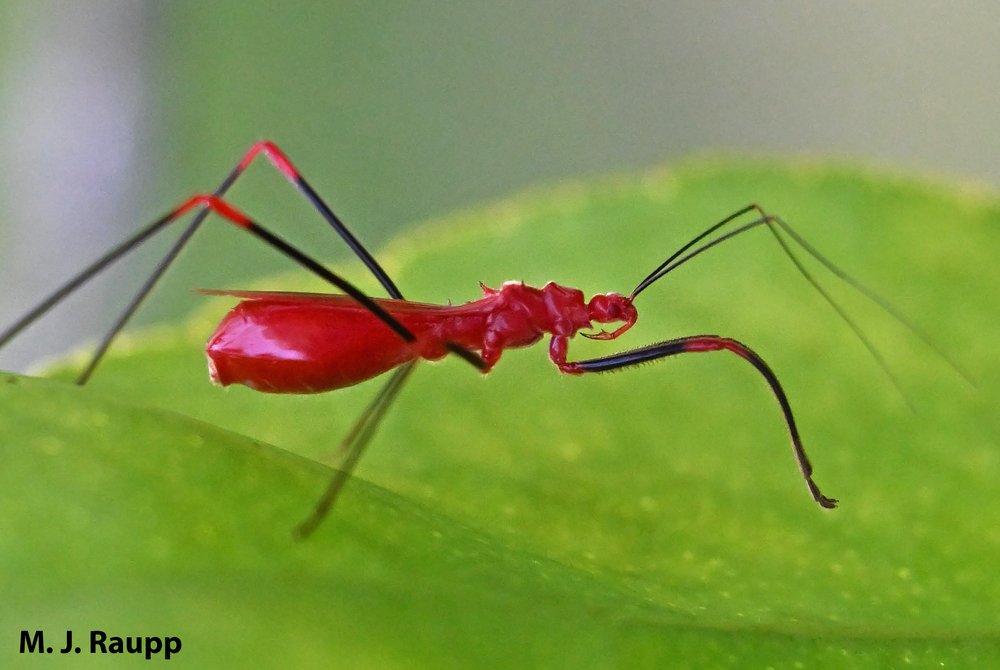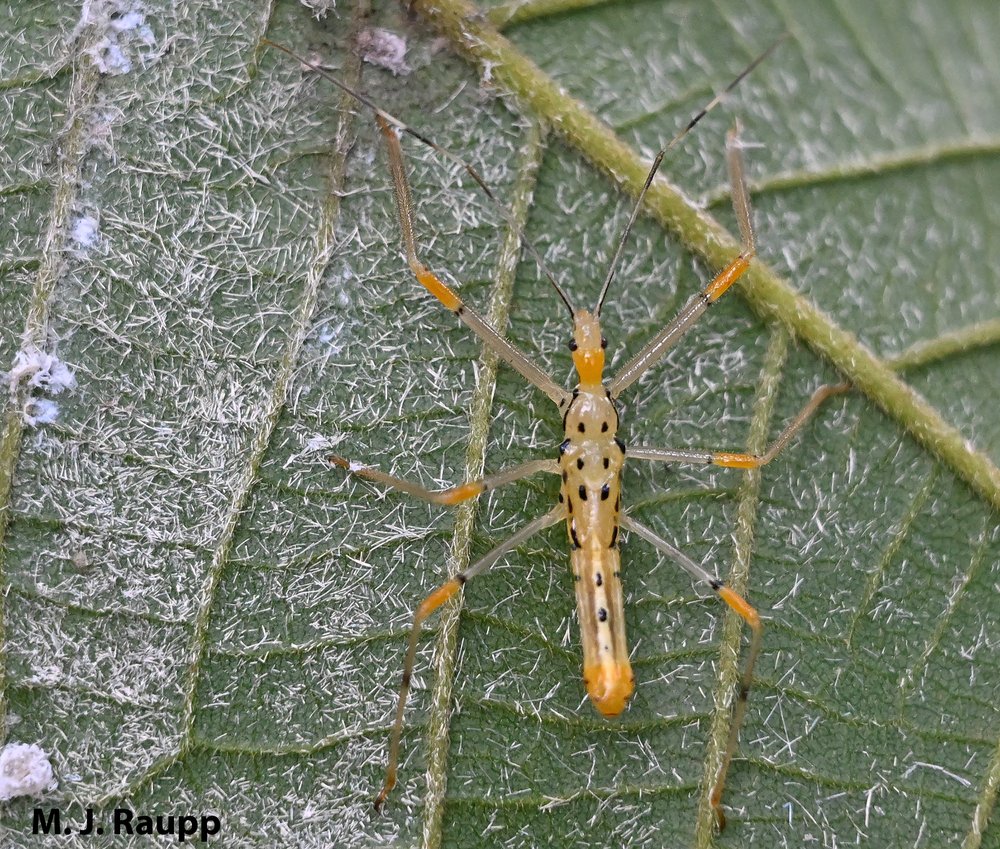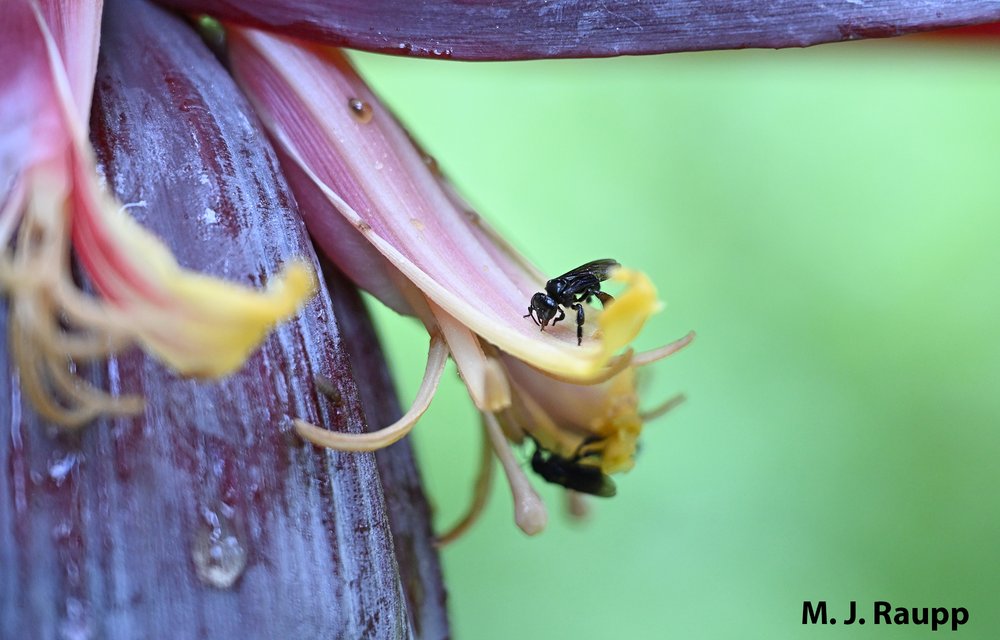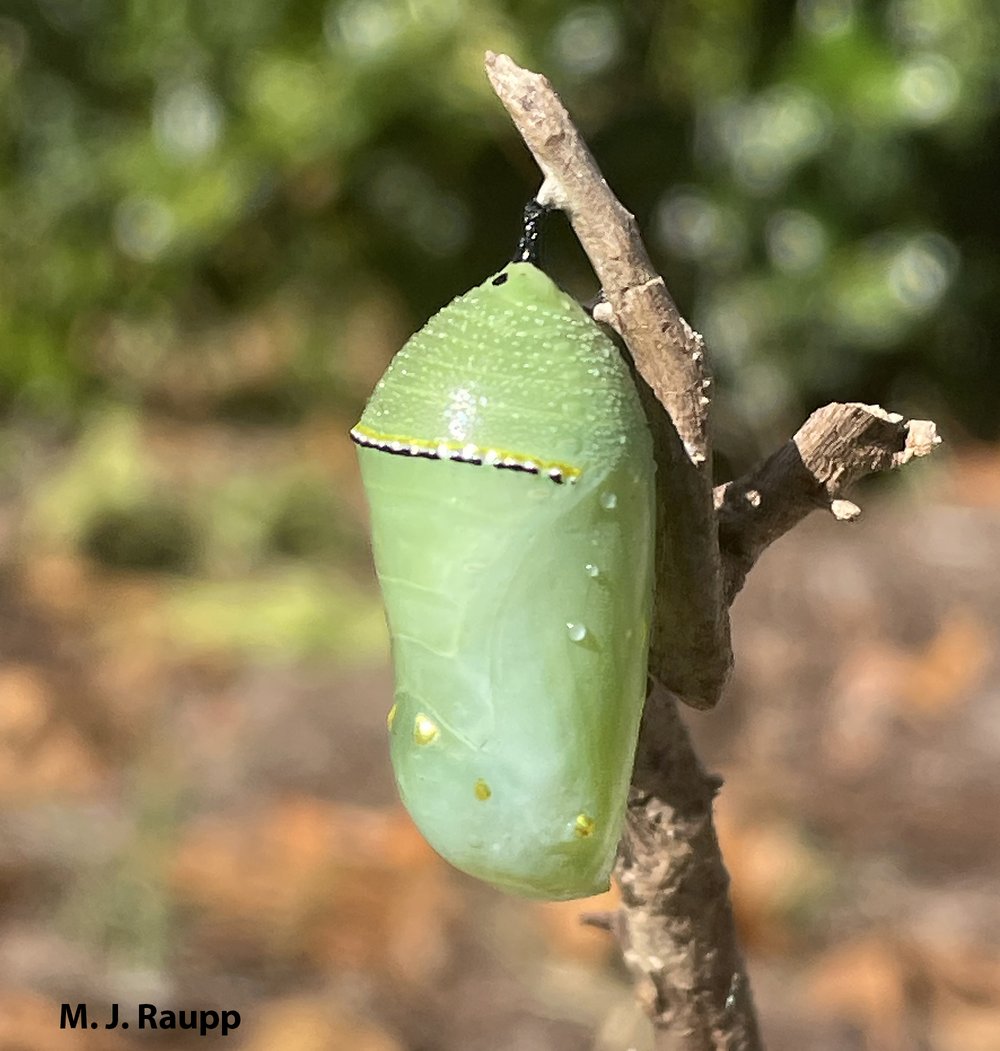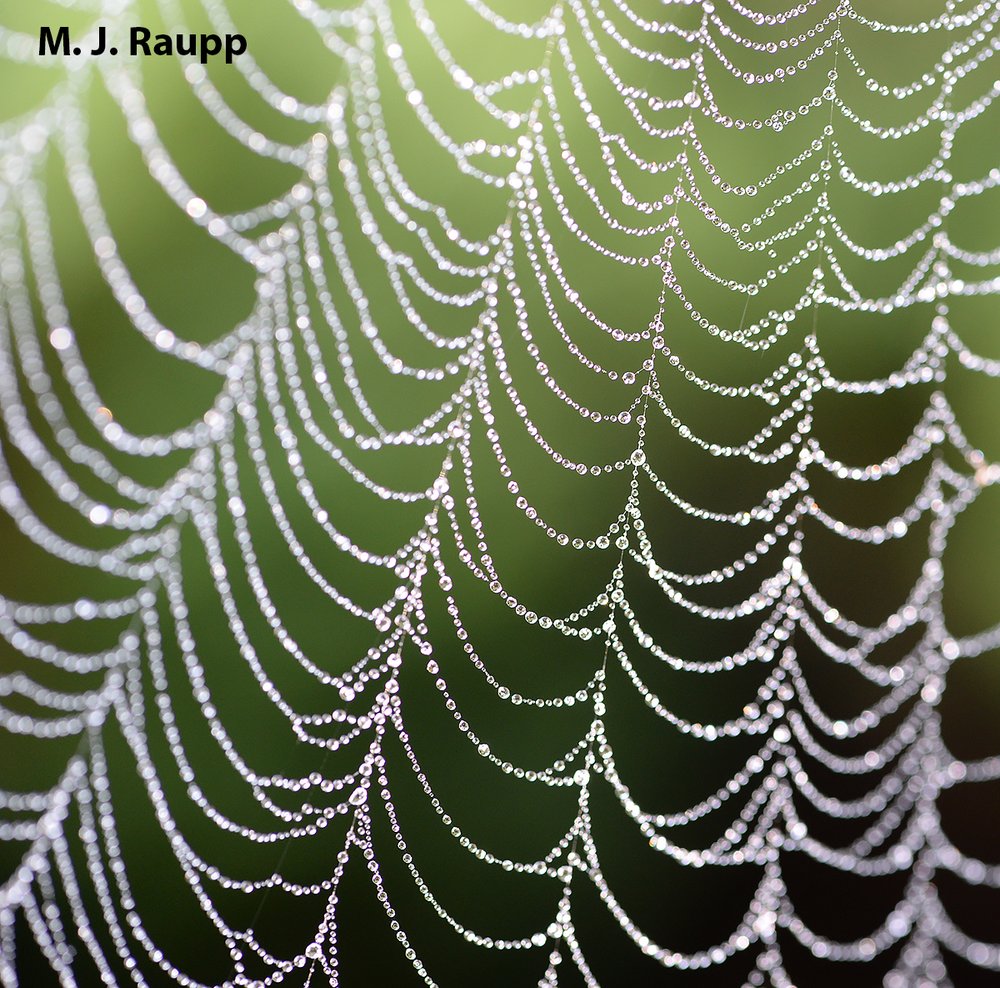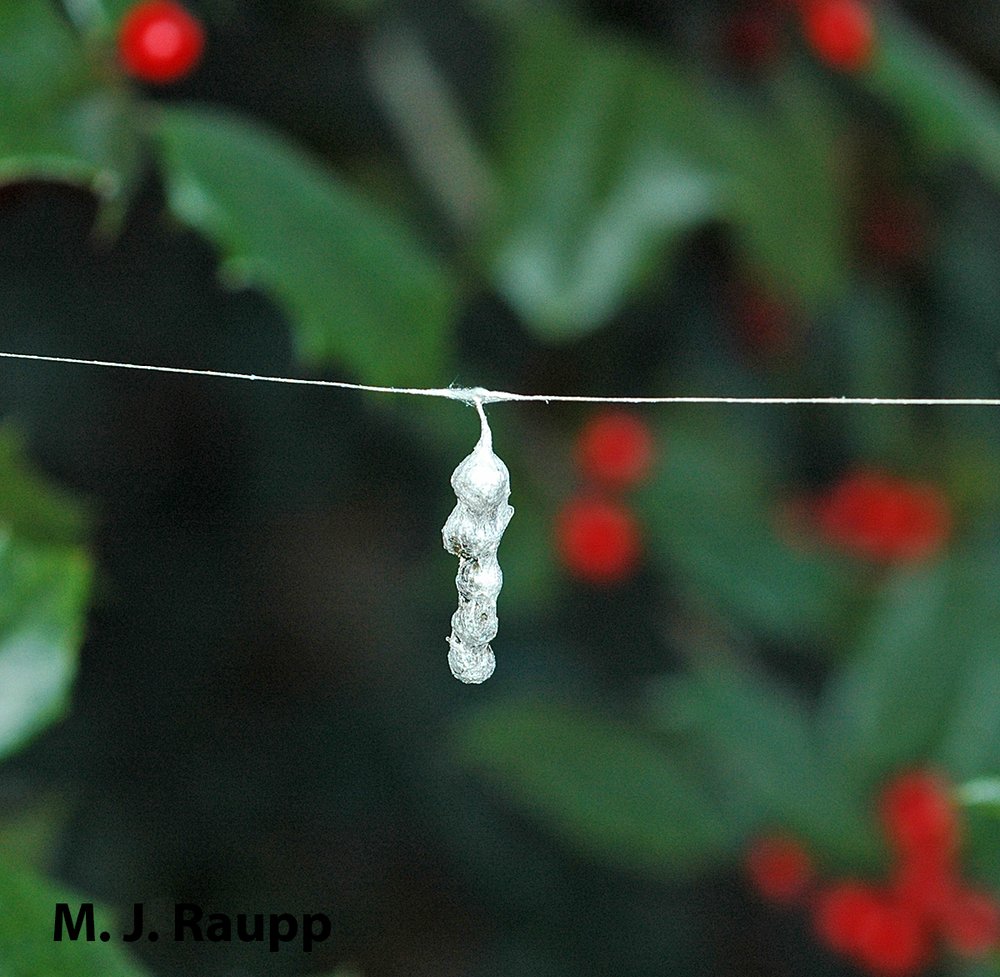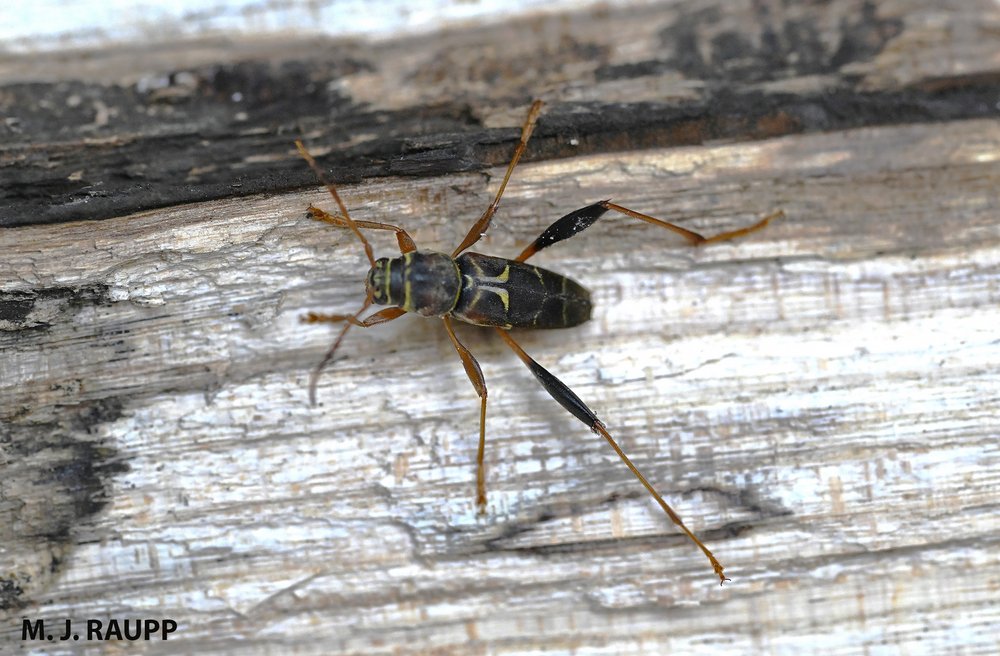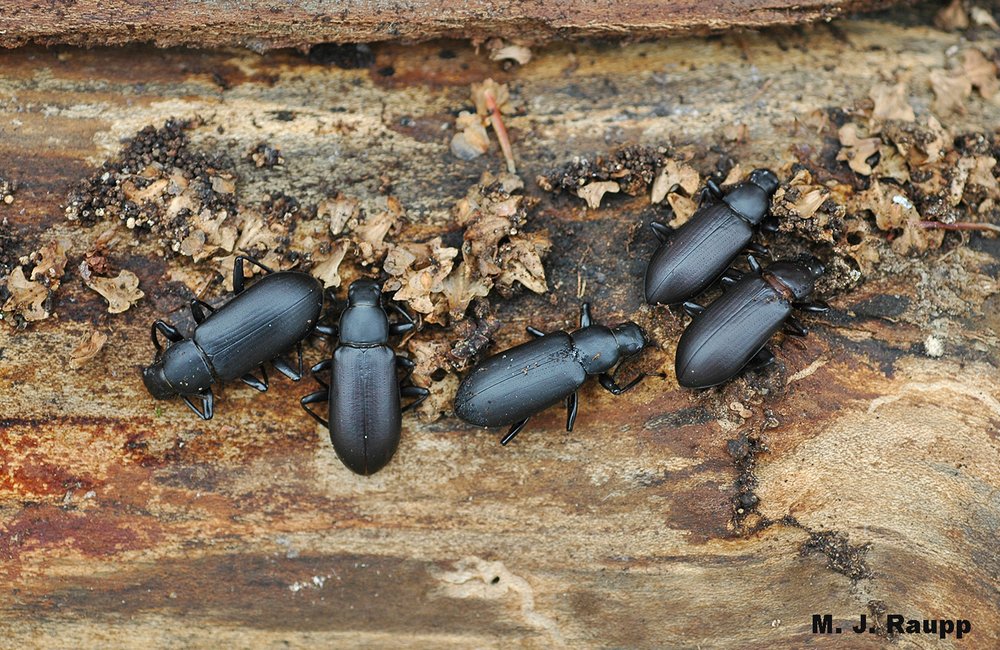Effective Ways to Get Rid of Mice in Your House
Eeek! You’ve seen a mouse or signs of a mouse infestation. Should you get some mouse traps and repellents or try some other mice infestation solutions? Discover why mice are such a serious issue when they infest homes and other buildings, along with tips for prevention and effective elimination.
Introduction to Mice Infestations
Where there is one mouse, there are almost surely more, and mice infestations can be tricky to handle. Unless you get to the root of the problem, you could be dealing with these critters for far longer than is necessary or safe. Even in the short term, these tiny rodents can cause some big problems.
Why Mice Are a Problem in Homes
A mouse in the house can pose several significant problems, one of which is the potential for property damage. Mice love gnawing on everything, including wiring, insulation, and even siding.
These curious little pests are notorious for leaving messes behind. Not only can they break into your pantry, but they also leave droppings practically everywhere they go. In both cases, one of the major concerns is the potential for contamination and the spread of germs and pathogens. Mice can spread dozens of potentially serious diseases, including:
- Hantavirus
- Salmonella
- Tularemia
Importance of Addressing Infestations Quickly
The longer mice are allowed to run freely, the more damage they can do. Additionally, mice are known to reproduce rapidly. House mice, for example, can have as many as 35 babies per year, giving birth as frequently as every three weeks. With that in mind, it’s easy to see how even a relatively small infestation can quickly grow out of hand.
Identifying a Mouse Infestation
Most mice are nocturnal and more active from just before sunset to a little before sunrise. Seeing live mice is a definitive sign, but it’s not the only one. In fact, you may see other common signs before you ever spot a mouse in action.
Common Signs of Mice in Your House
Mice constantly gnaw on things, producing marks that can be smooth or rough. You might notice these marks on wood, drywall, plastic, and wires. Other signs of mice include:
- Droppings: Mouse droppings are usually small, up to 1/4 inch long, and appear like dark grains of rice with pointed ends.
- Damaged Items: If you start noticing pantry items and other goods with unexplainable damage, you may have a mouse problem.
- Tracks and Marks: As they scamper about, mice can leave oily-looking marks on walls and tiny prints with four toes in front and five toes behind.
- Odor: An ammonia-like smell may signal a large infestation.

Areas Where Mice Typically Hide
With their ability to fit into small spaces, these adaptable, curious creatures can infiltrate virtually any area. Some common hiding spots include:
- Attics
- Basements
- Crawl spaces
- Wall voids
- Cabinets
- Under large appliances
- Closets
- Garages and sheds
- Inside insulation, boxes, and debris piles
DIY Methods for Getting Rid of Mice
Okay, you have confirmed you have a mouse problem. Now what? If you want to try to remedy the situation on your own, there are a few tactics you can try. It’s important to note, however, that eliminating mice can be very challenging, particularly with DIY approaches.
Using Mouse Traps
You might consider one of two traps: humane traps and snap-and-glue traps. The old snap-and-glue styles are rarely effective because adult mice can quickly learn to avoid them. Humane traps allow you to catch and release mice — preferably far from your property. The team at Catseye Pest Control can help determine the best type of trap and place the mouse traps in high-traffic areas like along walls and baseboards and behind garbage cans or appliances.
Natural Repellents for Mice
Some essential oils can act as a natural repellent, including clove and peppermint. Place several drops on cotton balls and place them in areas that mice frequent, including cupboards and behind appliances. Planting lavender or mint around the building can also help ward them off. Other anecdotal remedies include cayenne pepper, mothballs, and ammonia.
Store-Bought Repellents
Electronic repellents, including ultrasonic devices, are another option. These options are typically safe for use around children and pets, but their effectiveness varies. Sprays and pellets can be helpful, but like natural remedies, they don’t often get to the root of the infestation.

Professional Pest Control Options
Although DIY mice infestation solutions may be tempting to try, you may reach a point when it’s no longer enough and you need a professional. Always consider the company’s reputation and approach to professional mouse control and check their credentials before partnering with them.
When to Call a Professional Exterminator
Everyone has a different tolerance threshold. Ideally, you might consider calling for professional mouse control services as soon as you notice signs of an infestation. The quicker you can eliminate the mice, the easier it will be to regain control. If you decide to try DIY methods and still have mouse activity, call a pro to come and inspect the property and assess the situation.
What to Expect from Professional Mouse Removal
The trained and licensed pest control professionals at Catseye can assess where, why, and how mice enter the building. They can identify the species and provide targeted treatments to ensure the infestation gets cleared up quickly and effectively. What’s more, professional mouse removal helps keep the people and pets in the home safer. Pest control professionals have the right equipment and expertise for the job. They can also guide you in preventative steps to avoid future infestations.
Preventing Mice from Returning
At the heart of the most effective pest control plans is a thorough strategy to prevent pests from returning or ever getting inside. Eliminating existing pest is a given, however, our team at Catseye Pest Control wants to ensure that you do not see any reoccurring pest issues. Taking a proactive approach can help safeguard properties and your peace of mind.
Sealing Entry Points
Mice can be like little magicians, breaking into seemingly impossible spaces by fitting through holes as narrow as a dime and cracks about the width of a pencil. Check everywhere, including inside and under cabinets, around vents and pipes, and around utility lines that run from the outside. Also inspect areas where the floor and wall meet, around rooflines and soffits, and around the foundation.
Seal small openings with steel wool and spray foam or caulk. For larger ones, consider screening, metal sheeting, or hardware cloth to prevent mice from entering or reentering the premises.
Maintaining Cleanliness and Proper Food Storage
Cut them off from one of their main attractants (food), and your property will look a lot less appealing. Outside, make sure you use pest-proof garbage receptacles with tight lids. Also move composting bins 100 feet or more from buildings, keep grill areas clean, and move bird feeders away from homes and structures. Inside, practice sanitation and food storage strategies such as:
- Keeping all food (including pet food) sealed in tightly lidded containers
- Washing dishes and cleaning spills immediately
- Disposing of trash regularly
- Vacuuming and mopping floors to eliminate crumbs and residue
Yard Maintenance Tips to Keep Mice Away
Keeping mice out of the yard can help prevent them from making their way indoors. Consider taking the following proactive steps:
- Remove hiding spots by keeping the grass mowed regularly and cleaning up debris piles, including leaves and wood piles.
- Cover possible burrow openings to underground nests with rocks and watch to see if they reappear, which indicates mice in outside areas.
- Move woodpiles so they are a foot or more above the ground and at least 100 feet from buildings.
- Trim shrubs and tree limbs near buildings to avoid providing mice with a runway and easy access.
Contact Catseye Pest Control to Keep Mice Out of Your House for Good
Knowing how to get rid of mice in the house is only one part of the equation. Putting that knowledge into action and dealing with infestations as quickly as possible are essential steps for keeping everyone healthy and safe. The single most effective mice infestation solution is prevention, followed closely by professional mouse control. Contact Catseye Pest Control today to get started.
The post Effective Ways to Get Rid of Mice in Your House appeared first on Catseye Pest Control.
This article appeared first on Catseye Pest
